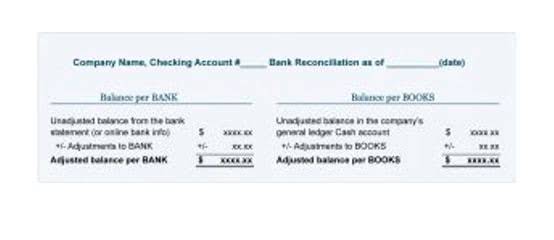
Then, it can divide the total costs by the number of confectionary items produced. As production increases, your facility rent, machinery depreciation, and labor costs are spread over a large number of units produced, lowering the fixed cost per unit. Bulk production also enables the use of specialized equipment and machinery designed for high-volume business operations, further reducing Accounting for Marketing Agencies total production costs. Cost per unit is calculated as (total fixed costs plus total variable costs) / the number of units produced. Cost per unit is the total cost incurred by a business to produce a single unit of a product. Calculating cost per unit provides valuable insights into production costs and helps businesses set optimal pricing to cover costs and make a profit.

How to Calculate Cost Per Hire Example
Here’s a simplified template that we’ll use to determine the cost per unit of a product. In the technology sector, the cost per hire averages around $6,464 for non-managerial roles. The average cost per hire in the US is approximately $4,683 for non-managerial roles and $28,329 for executive ones, according to SHRM. For example, Hospitality averages $1,070, while Professional & Technical Services reach $6,464.
Inventory costs: Calculation and reduction strategies

Since the cost is per square meter basis, accurate duct area calculations are crucial. What’s more important is to specify the duct square meter that your price is based on. If there are any changes to the duct layout, you may be able to claim the additional square meter as per your contract rate. Condensate pipes embedded in the wall/floor are how to find the cost per unit typically not insulated.

Formula
Master WIP inventory with insights into benefits, calculation methods, and lean principles to cut costs, streamline production, and boost efficiency. Also, ensure alignment with customer needs, and optimize packaging and shipping processes to prevent transit damage. It helps establish the minimum price required (also known as the break-even point) to cover expenses and avoid losses.
- When production volume increases, fixed costs are spread over more units, leading to a decrease in the cost per unit due to economies of scale.
- However, for the total price, we use a higher value to include all the pump, pipework, ductwork and other work.
- Having a clear returns policy and making the process fast and easy for the customer is essential.
- Master WIP inventory with insights into benefits, calculation methods, and lean principles to cut costs, streamline production, and boost efficiency.
- The cost should be supply and install, covering applications such as return air, exhaust air, fresh air and supply air.
- When it comes to analyzing the cost per unit across different products or services, it is essential to consider various factors and perspectives.
It also facilitates aligning your cost reduction or efficiency enhancement targets with reality. This is where the concept of cost per unit (CPU) comes into play. This financial metric is integral to understanding what it costs you to manufacture, deliver, or sell a unit of your product and price it accordingly.

Direct costs are the costs that can be easily traced to a specific unit of output, such as materials and labor. Indirect costs are the costs that cannot be easily traced to a specific unit of output, such as overhead and depreciation. The cost per unit of a direct cost is usually easy to calculate, as it is simply the amount of the cost divided by the number of units. The cost per unit of an indirect cost is more difficult to calculate, as it requires a method of allocation. Allocation is the process of assigning a portion of the indirect cost to each unit of output based on some criteria, such as direct labor hours, machine hours, or sales revenue. In this section, we delve into the concept of cost per unit and its significance in analyzing the average cost of producing each unit of output.
- By adopting effective customer management practices, you can ensure timely order fulfillment and enhance customer satisfaction with their purchases.
- As you can see from the calculator above, calculating cost per unit includes a few main components.
- Dividing the total production cost by the number of units produced provides a cost per unit of $20 per unit.
- In this section, we will explain the formula for calculating cost per unit and how to use it in different scenarios.
- Cost per unit only accounts for production expenses and doesn’t include holding costs, shipping, marketing, and administrative expenses.
- Normally, you’ll still be responsible for the after-sale service of the chiller until the contract ends.
The number of units produced may be given or calculated from other information. Rakesh Patel, author of two defining books on reverse geotagging, is a trusted authority in routing and logistics. His innovative solutions at Upper Route bookkeeping Planner have simplified logistics for businesses across the board. A thought leader in the field, Rakesh’s insights are shaping the future of modern-day logistics, making him your go-to expert for all things route optimization. People sometimes fail to assess the cost per unit accurately because they do not understand or incorrectly evaluate its components. Utilizing advanced technologies to automate and streamline processes can also help.
